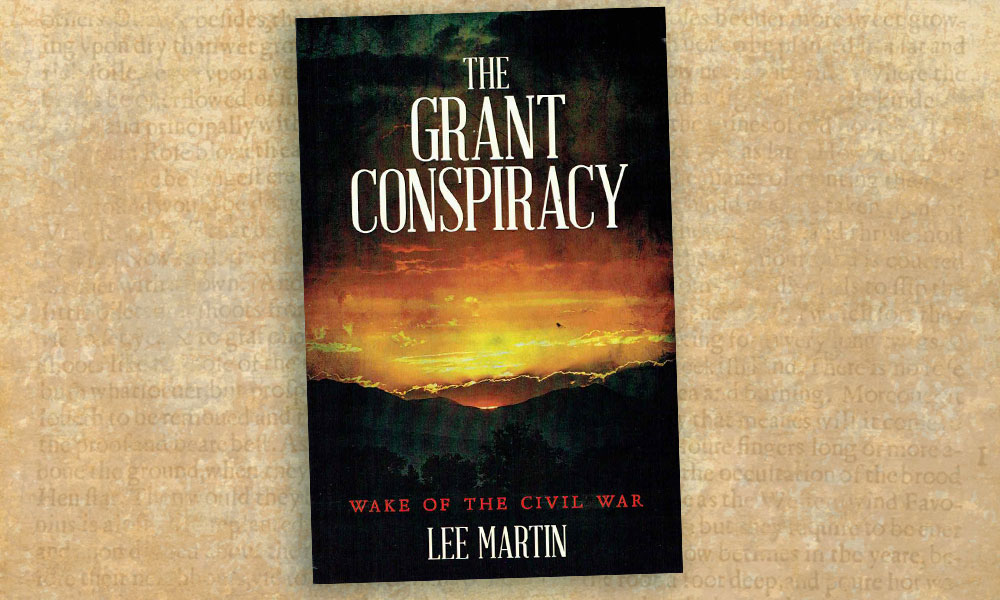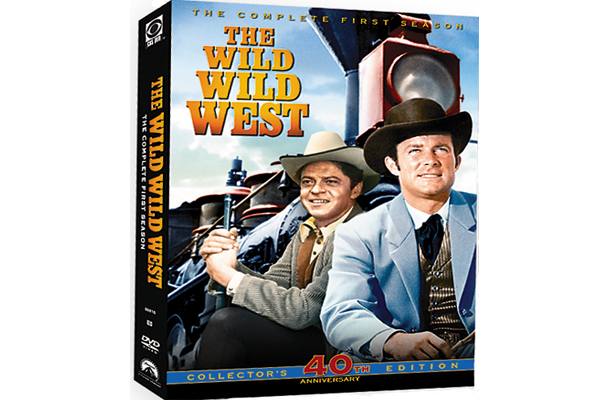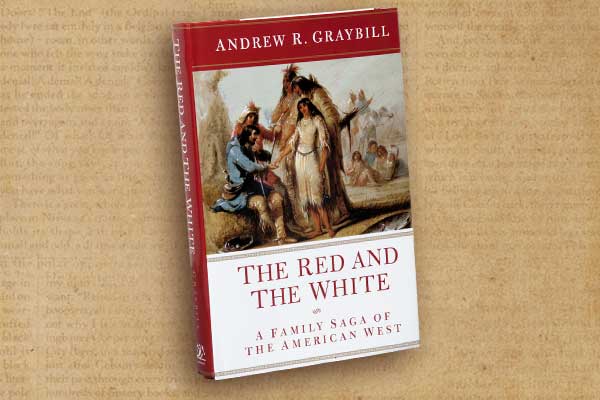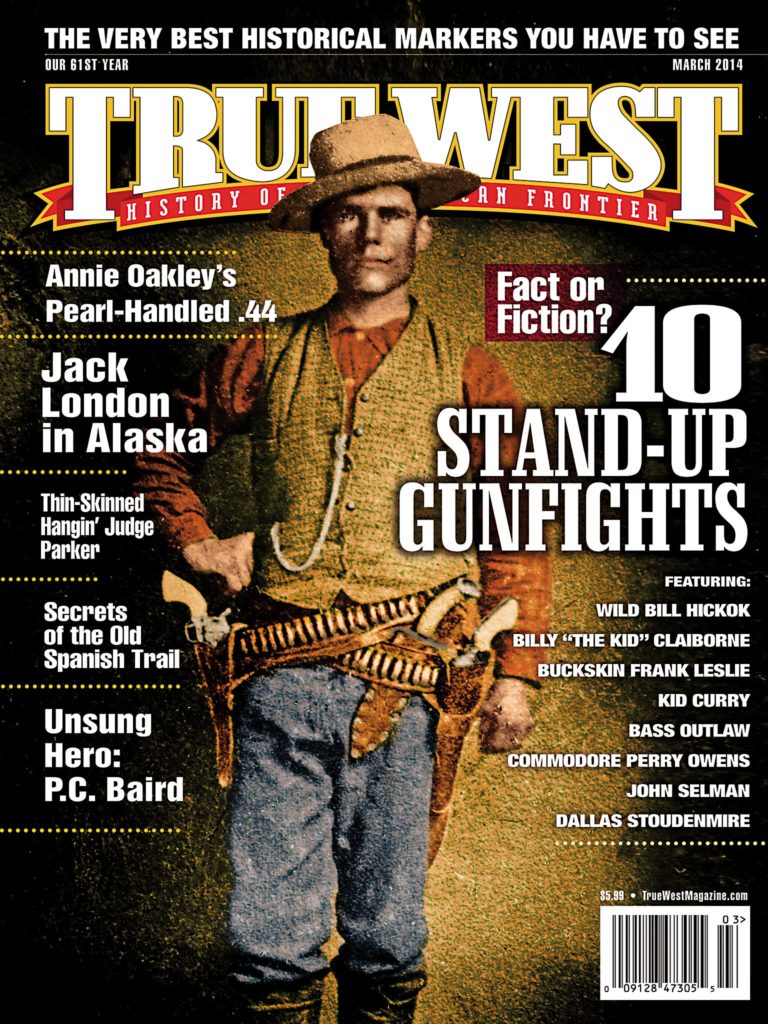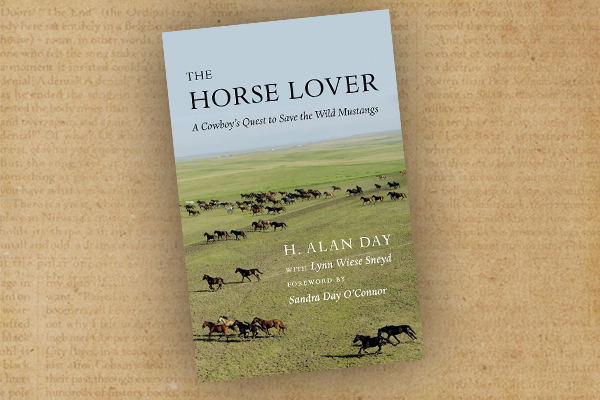 Deep in the subconscious spirit of the people of the Americas is a love affair with the horse. While the modern horse did not come to the Western Hemisphere until Christopher Columbus brought a herd to the island of Hispaniola in the Caribbean in 1493, and it has long since been supplanted in modern times as the primary mode of transportation, the horse remains the single most important animal introduced in the New World by Europeans.
Deep in the subconscious spirit of the people of the Americas is a love affair with the horse. While the modern horse did not come to the Western Hemisphere until Christopher Columbus brought a herd to the island of Hispaniola in the Caribbean in 1493, and it has long since been supplanted in modern times as the primary mode of transportation, the horse remains the single most important animal introduced in the New World by Europeans.
Alan Day, a horseman before he could walk, has captured the essence of that unique relationship between man and horse in The Horse Lover: A Cowboy’s Quest to Save the Wild Mustangs (University of Nebraska Press, $24.95). Day’s love affair with the horse is as timeless as the West, and his personal quest to save the wild mustang is an important link to our past, present and future.
Written with Lynn Wiese Sneyd, Day has crafted a story of his love affair with horses and wild mustangs that will quickly be considered essential reading for those seeking an understanding of the importance of the mustangs in American culture. Glenn Vernam, one of the preeminent historians of the relationship between man and horse, wrote in Man on Horseback in 1964: “Man seated on a horse’s back is history’s dominant figure. How the association of man and horse was first formed is one of history’s great mysteries.”
Day may not have answered Vernam’s eternal question, but the Arizona rancher’s personal quest and dream to help save America’s wild horse at his sanctuary, Mustang Meadows ranch in South Dakota, brought him—and us—a little closer. “The mustangs taught me to pay attention to the little things in life, to empathize more with the animal kingdom, to trust my instincts,” Day recalls in his conclusion. “Without a doubt, I was a better man for knowing them.”
Day grew up on an Arizona ranch, riding before he was walking, knowing he was going to cowboy and ranch cattle his whole life. He and his sister Sandra Day O’Connor told that story in Lazy B: Growing Up on a Cattle Ranch in the American Southwest. A best seller, Lazy B was a statement about family, of hard work and life growing up cowboying in the rural, desert West. One of the touchstones of Day’s childhood was his horses, and his relationship to each one of them as he was growing up. “I rode them, broke them, raised them,” Day tells True West. “My story of the wild mustang preserve, and my life with horses, is the parallel story Lynn Sneyd helped me tell in The Horse Lover.”
Day’s early life in ranching paralleled his father’s. Day recalls: “You are born to the ranch, spend your life there, and you die there.”
But the heir to the Lazy B gained perspective from some mentors early in his ranching career, and the Arizona rancher began to invest in good ranches and make them better, earning him the opportunity to ranch beyond his corner of Arizona. In 1988, he was introduced to an opportunity he couldn’t refuse after he visited the Arnold Ranch in South Dakota. Little did he know that his love affair with the beautiful Dakota prairie would become his life’s passion, Mustang Meadows.
Day’s poignant personal journey is one of both heartache and hope, a mirror of not just one man’s desire to save a great American icon of freedom, the wild mustang, but a nation’s. As his sister, Justice O’Connor, writes in the foreword, “this book…enables the reader to see and feel that excitement and to glimpse what was and what might have been with these splendid animals.”


